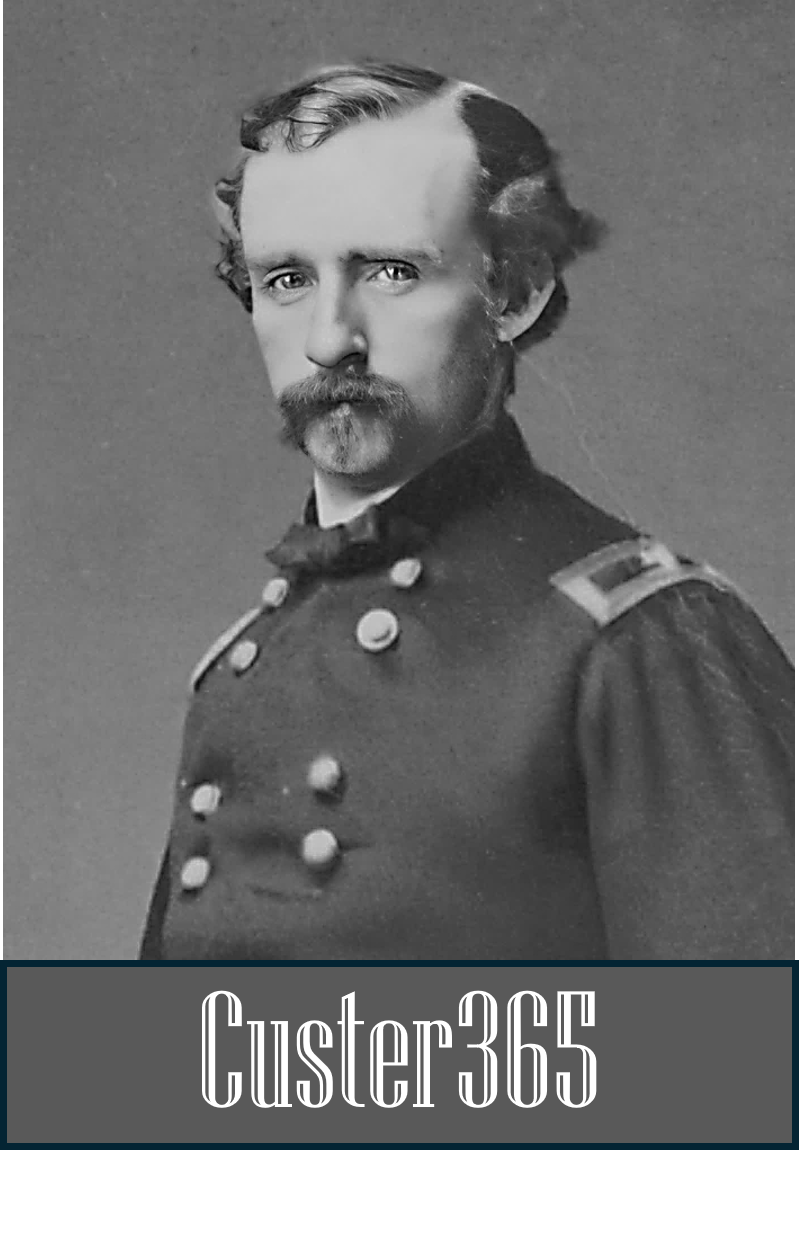JULY 27: Searching for Gold
A tourist pans for gold on French Creek in 1908, near the location of a gold find made by Custer’s 1874 Black Hills Expedition. (Credit: Library of Congress)
Horatio N. Ross and William T. McKay, two miners that joined Custer’s Black Hills Expedition at Fort Lincoln, begin to pan for gold on July 27, 1874.
It wasn’t the first time outsiders sought to locate and extract items of value from the region.
The first non-Indians to have visited the Black Hills were French fur trappers that came up from the Missouri River drainage in the mid-1700s. They trapped fur-bearing animals from area streams and purchased pelts from native residents. They were transient and moved from one promising trapping area to the next.
With the Louisiana Purchase by President Thomas Jefferson in 1803, the United States gained dominion over lands that would become the states of North Dakota and South Dakota in November 1889.
Rumors and poorly documented reports of gold in the Black Hills go back to the early 19th century.
Ezra Kind, along with six others, entered the Black Hills in 1833. It was a time when whites were forbidden by law to enter the area. Reportedly, Kind and his band “got all the gold we could carry" in June 1834, and were subsequently killed by Indians.
In the 1860s, Roman Catholic missionary Father De Smet is reported to have seen Sioux Indians carrying gold which they told him came from the Black Hills.
The first exploration of the Black Hills organized by the United States government occurred in 1857. A government-sponsored exploration led by Lieutenant Gouverneur Warren and accompanied by Ferdinand Hayden, along with a large U.S. Army detachment, skirted the Black Hills. After passing the southern foothills, the party then turned north to follow the eastern edge of the Hills. Smaller groups were detached from the Warren party to enter and explore the farther reaches of the Black Hills. The future of the Black Hills was foreshadowed when the Warren group reported finding gold.
In 1859, a group of scientists led by Captain William Raynolds and Ferdinand Hayden, accompanied by a military escort, explored the Yellowstone River and its tributaries, a trip which took them along the northern edge of the Hills. They too reported finding gold.
In August 1866, Hayden led a second expedition into the Black Hills. Although this was a private venture, Hayden was escorted by a detachment of army troops from Fort Randall. Hayden also reportedly found gold while exploring near Bear Butte.
During Hayden's address to the Dakota Historical Society on October 6, 1866, he reported: “Intermingled with these rocks and in the layers above, are found the gold bearing formations which are developed in the Black Hills. Little particles or grains of gold can be found in almost any little stream in the vicinity of these hills. But gold is not always found in paying quantities where ‘color’ is raised. While there is every indication of rich gold deposits in these hills, my explorations have been more for the purpose of collecting old fossil remains than glittering dust.”
Within a few days of beginning their exploration, Ross and McKay of the Custer Expedition found gold in French Creek near present-day Custer, S.D.


